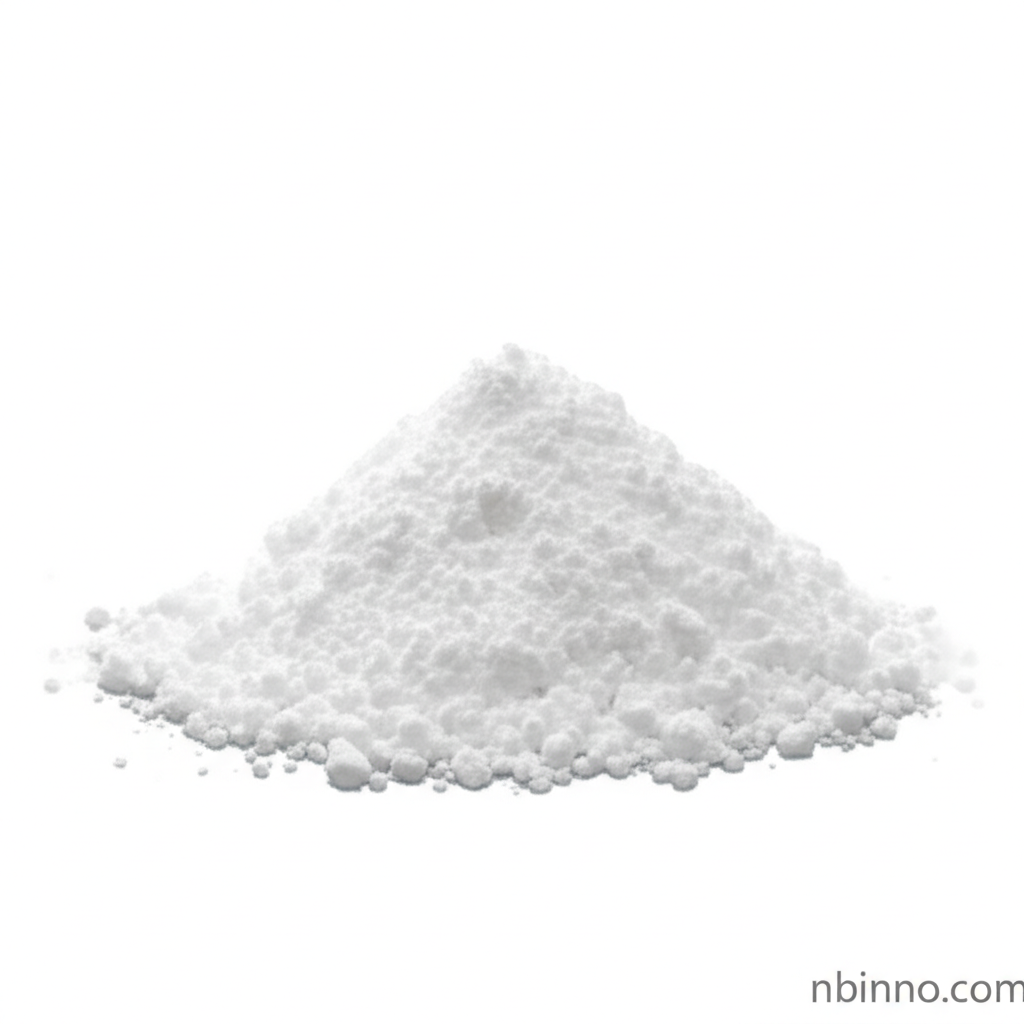Antimony Trioxide: Enhancing Fire Safety Across Industries
Discover the critical role of Antimony Trioxide as a flame retardant synergist and its diverse industrial applications.
Get a Quote & SampleProduct Core Value

Antimony Trioxide (Sb2O3)
Antimony Trioxide (Sb2O3) is a vital inorganic compound renowned for its synergistic capabilities, particularly in enhancing flame retardancy when combined with halogenated compounds. This combination is crucial for meeting stringent fire safety standards in a wide array of materials, including plastics, textiles, and electronic components.
- Synergistic Flame Retardancy: Explore how Sb2O3 works with halogenated compounds to interrupt combustion chains, effectively increasing flame retardancy in various polymer resins. This is a key aspect of its use in plastics applications.
- Diverse Industrial Applications: Understand the broad utility of Antimony Trioxide, from its role as a clarifying agent in glass manufacturing to its function as a catalyst in organic synthesis, showcasing its versatility beyond its primary use in flame retardant applications.
- Market Dynamics and Alternatives: Learn about the current antimony trioxide market challenges, including supply chain disruptions and price volatility, and the ongoing research into alternatives to antimony trioxide flame retardants.
- Key Properties and Uses: Delve into the physical and chemical properties of Sb2O3, such as its white crystalline powder appearance and its amphoteric oxide nature, and its extensive use across industries like plastics, rubber, and textiles, highlighting its significance in textile flame retardancy technologies.
Key Advantages
Enhanced Fire Safety
Leverage the synergistic effects of antimony trioxide with halogenated compounds to significantly boost flame retardancy, ensuring compliance with critical safety regulations for plastics applications.
Versatile Functionality
Utilize Sb2O3 not only as a flame retardant synergist but also as an effective clarifying agent in glass and a catalyst in organic synthesis, offering multifaceted value in industrial processes.
Improved Material Performance
Benefit from the ability of Antimony Trioxide to contribute to char formation, which acts as a protective barrier, thus improving the overall fire resistance of materials used in demanding applications.
Key Applications
Plastics and Rubber
Antimony Trioxide is widely applied as a flame retardant in various plastics and rubber, including PVC, PP, and ABS, contributing to their fire safety performance.
Textiles and Chemical Fibers
It is utilized in textiles and chemical fibers to impart flame-retardant properties, essential for safety in applications like fire-resistant clothing and furnishings.
Paints and Coatings
Sb2O3 serves as a pigment and flame retardant in paints and coating materials, enhancing both aesthetics and fire resistance.
Glass and Ceramics
In the glass industry, Antimony Trioxide functions as a clarifying agent to remove bubbles, and in ceramics, it's used as a covering agent and whitening agent.
